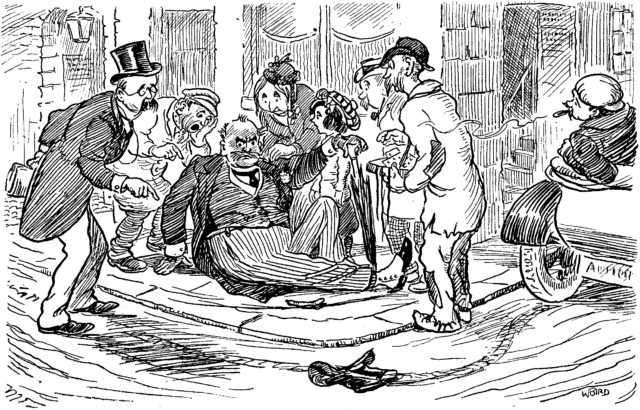Learn how to transform conferences with my meeting design workshop
If you are serious about improving your conferences, my meeting design workshop can be the game-changer your organization needs. Here’s what happens at a typical one-day workshop.
In a world where passive listening no longer satisfies attendees, traditional lecture-based conferences are ineffective and outdated. Today’s participants crave authentic engagement, meaningful connections, and interactive learning experiences. Are your conferences delivering the engagement, learning, and connection attendees expect? My meeting design workshops equip event professionals with the tools and techniques to create truly participatory and impactful experiences.
I’ve spent years helping organizations transform their events into connection-rich, engaging experiences through my hands-on meeting design workshops. Every workshop is customized to align with the organization’s goals and stakeholders’ wants and needs.
Here’s a peek behind the curtain!
Program for a typical one-day meeting design workshop
“You don’t take a workshop. You are part of one.”
Seth Godin
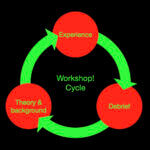
The following program is designed for a one-day, eight-hour schedule.
Opening
Workshop Introduction, Overview, and Agreements (~20 minutes)
Establishing explicit group agreements ensures a shared understanding of expectations and participant behavior, creating a collaborative foundation for the workshop.
Learning About Who’s in the Room (~60 minutes)
One of the most powerful ways to begin an event is by helping attendees discover key information about each other. This session will explore questions such as:
- Who are my peers here? Who understands my work because they do what I do?
- What are the nature and sizes of other attendee groups?
- Which attendees work across groupings, and how?
- Who else here lives or works near me?
- How many years of experience are present? Who are the novices and the veterans?
- How can we display the degree of consensus on a topic and make visible the distribution of participant opinions?
Using tools like human spectrograms, we will visualize participant data, uncover shared connections, and explore questions suggested by attendees.
Break (~15 minutes)
The Three Questions: Uncovering and Satisfying Participants’ Wants and Needs (~75 minutes)
How can we create a conference that becomes what participants actually want and need? This opening format allows participants to:
- Learn fundamentally useful information about each individual present.
- Share personal and collective wants and needs for the event.
- Uncover the learning resources available within the group.
Insights will inform the design of the afternoon program. The session concludes with a debrief to reflect on the experience.
Lunch and Afternoon Session Determination (~75 minutes)
During lunch, participants will use the Post It! For Programs format to propose session ideas by answering the question: “If you could pick a session to hold at this workshop, using the people and resources around you, what would it be?”
Participants can:
- Ask for or offer to lead a session.
- Propose internal topics relevant to the organization or request specific formats, such as:
- Ask Adrian Anything: (AMA).
- Fishbowl Sandwich: Facilitating discussions on large group problems.
- The Solution Room: Obtaining confidential peer-supported advice.
- Open Space and World Café: Formats for short participant-driven conferences (Open Space) and dialog in small groups about predetermined questions (World Café).
- Reminders, Sparks, Questions, Puzzles: A short format that allows participants to efficiently engage with and explore presented consent.
- Voting formats: Exploring techniques like hand/stand, Roman, card, table, dot, and anonymous voting.
The outcome will be a tailored afternoon program that meets the group’s wants and needs.
Middle
The customized afternoon program will feature sessions chosen by participants, including opportunities for facilitated discussions, problem-solving, and peer learning. Breaks will be scheduled as needed. (~130 minutes)
Closing
Personal Introspective (~60 minutes)
This two-part session helps participants reflect on their learning and determine actionable changes to implement. This session may be adjusted or omitted if additional time is allocated to the afternoon program.
Break (~5 minutes)
Group Spective (~40 minutes)
A combination of retrospective and prospective feedback, this plenary session allows participants to share insights about the workshop and collectively reflect on its impact. It also fosters a sense of community and provides valuable feedback for future events.
This one-day workshop promises a rich, participatory learning experience that equips attendees with tools and techniques to create engaging and effective conferences that support the connection and learning attendees want and need.
Why choose a participatory meeting design workshop?
Meeting design workshops like these empower event planners and participants to:
- Enhance Engagement: Move beyond passive listening by learning how to foster authentic and useful participation.
- Build Meaningful Connections: Help attendees uncover relevant shared interests, expertise, and experience, and develop lasting professional relationships.
- Maximize Learning: Leverage the expertise and experiences of the group to create valuable, participant-driven sessions that meet their wants and needs.
Every workshop is customized to align with your organization’s goals and the wants and needs of your audience.
By learning how to design participation-rich conferences, you’ll not only meet the expectations to learn and connect of today’s attendees but also elevate the impact and value of your events for all your stakeholders.
Ready to transform your events?
If this outline inspires you, let’s connect! I’d love to discuss how a participatory meeting design workshop can help you reimagine your events and deliver exceptional value to your stakeholders. Contact me today to explore how we can work together to create engaging, effective, and memorable conferences.

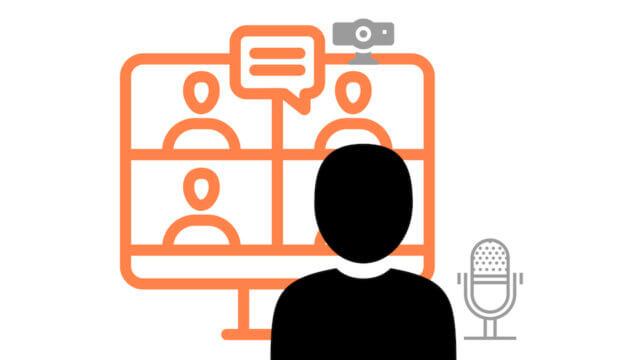 In 2022, I ran a
In 2022, I ran a 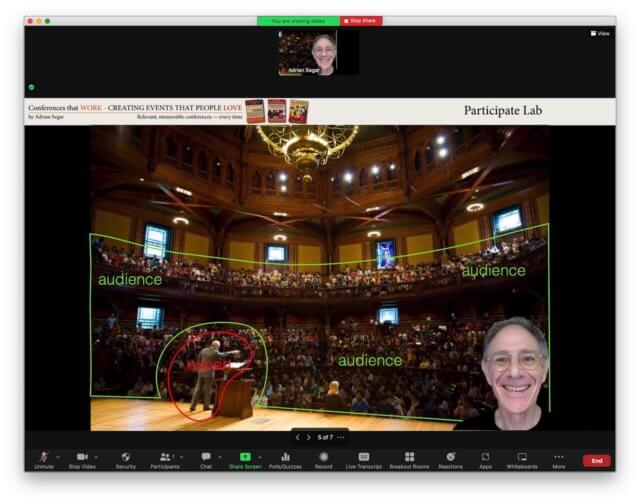
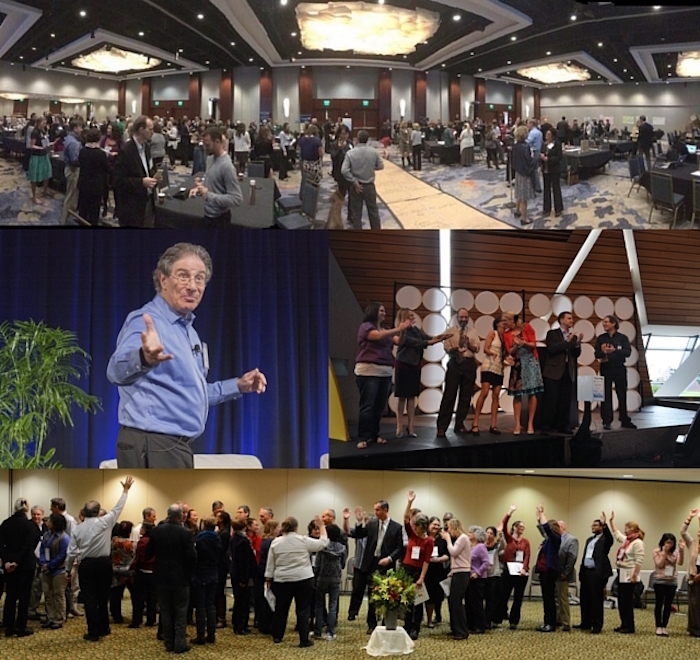 A rare opportunity! Hosted by
A rare opportunity! Hosted by 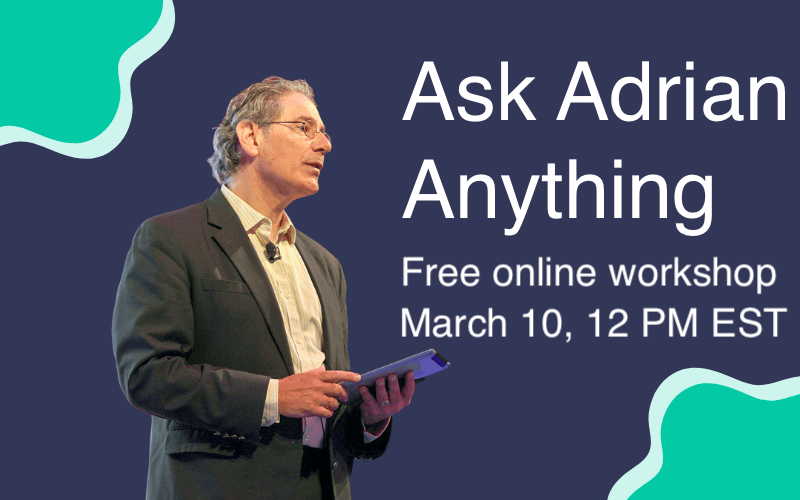

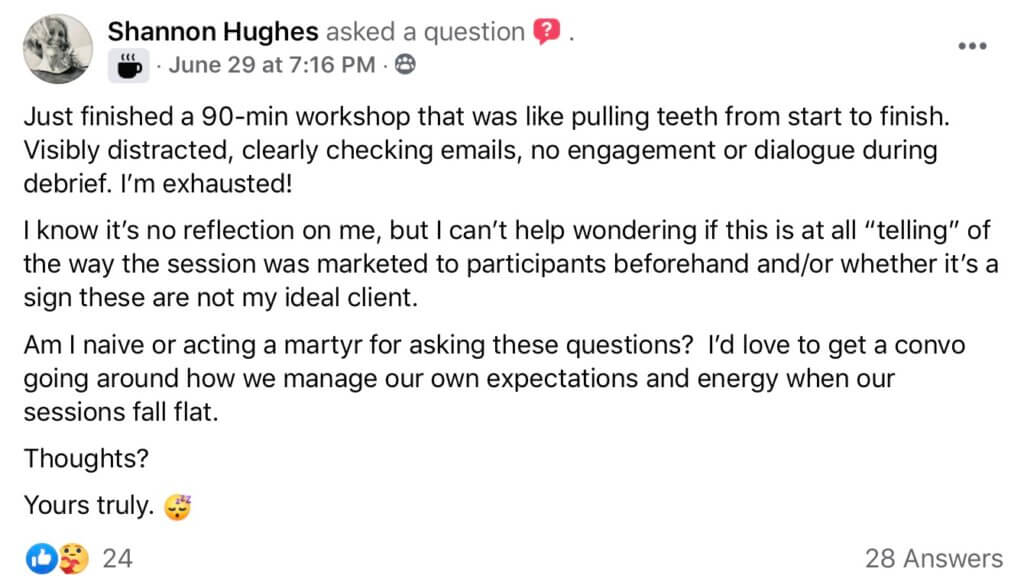
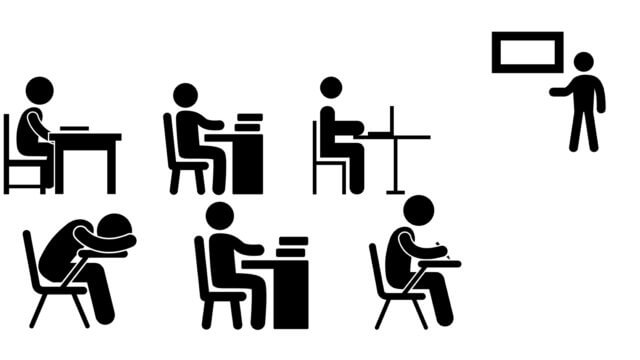 Last week, my friend Traci B wrote to me about a workshop that wasn’t.
Last week, my friend Traci B wrote to me about a workshop that wasn’t.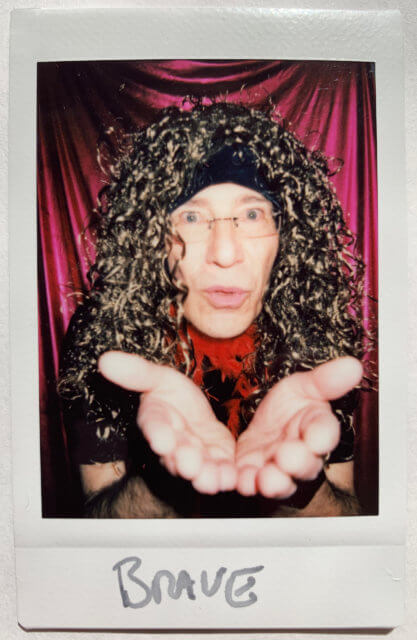
 Most people won’t ask questions at meetings. So how can you get authentic audience engagement at your events?
Most people won’t ask questions at meetings. So how can you get authentic audience engagement at your events?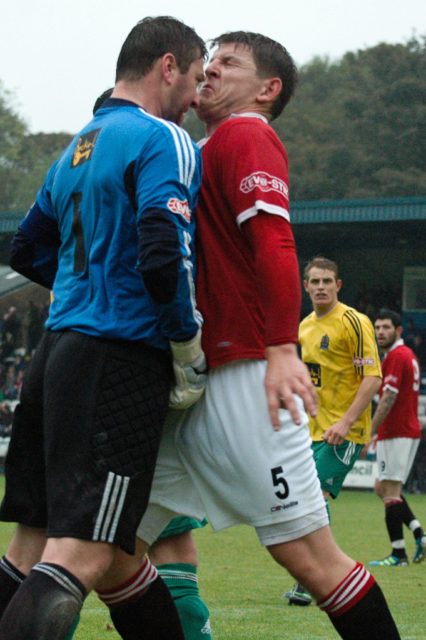 Ever experienced a collision of agreements?
Ever experienced a collision of agreements?